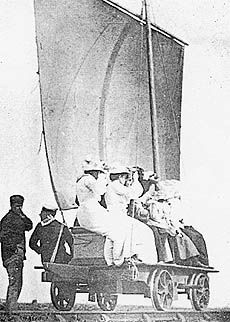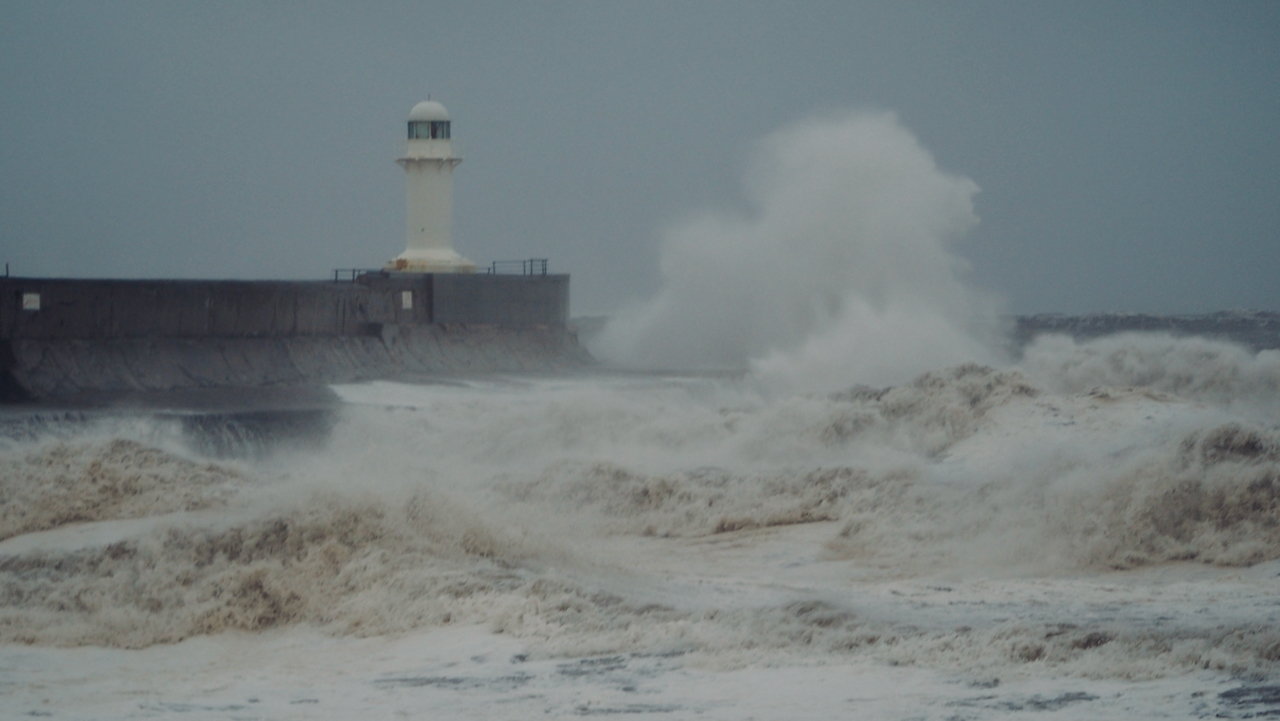Even though Storm Arwen was abating, a north wind of 66 mph was still forecasted. A good day for blowing the cobwebs away. And a high tide to boot.
The South Gare breakwater, guarding the entrance to the River Tees, was completed in 1888 as one of a suite of projects to improve access to the port.
The statistics are staggering1‘THE IMPROVEMENT OF THE RIVER TEES’ (1888) York Herald, 27 Oct, 11, available: https://link-gale-com.ezproxy.is.ed.ac.uk/apps/doc/R3215337059/GDCS?u=ed_itw&sid=bookmark-GDCS&xid=151e1817 [accessed 27 Nov 2021].:
-
- Since 1854, 22,700,000 tons had been dredged from the bed of the river.
- A reef of rocks of about 1 ¾ acres in extent had been blasted by dynamite to the depth of 14 – 18 feet.
- Upwards of 20 miles of “half-tide training walls” had been constructed : these “separate the deep water channel from the rest of the estuary covered by the tidal flow, producing a scour tor the channel as the tide recedes“. They “confine the once tortuous channel within regulated bounds, and cause the receding tide to operate against what used to be the river bar with a concentrated force“.
- The erection of breakwaters at the mouth of the river— in 1888, the one at the North Gare was still under constructed. The South Gare’s foundation stone of the South Gare Breakwater had been laid in 1863, so it took 24 years to complete using nearly 5,000,000 tons of iron slag, 14,600 tons of Portland cement, and 2,600 tons of Roman cement. It was 12,800 feet in length —nearly 2½ miles at a net cost of £219,158 7s. 11d. A remarkably small sum for the work involved.

I wonder where that foundation stone was, presumably it’s still there.
A railway was used to transport the slag during construction, which was, afterwards, used to carry members of the lifeboat and lighthouse crews using a sail bogey2Wikipedia Contributors (2021). Sail bogey. [online] Wikipedia. Available at: https://en.wikipedia.org/wiki/Sail_bogey [Accessed 27 Nov. 2021].. This mode of transport was also popular with visitors3Warrenby.com. (2021). WARRENBY HERITAGE AND HISTORY. [online] Available at: http://warrenby.com/Page39 [Accessed 27 Nov. 2021]..
A sail bogey would not have been any use today. I would have ended up in Redcar. How did they get back?
- 1‘THE IMPROVEMENT OF THE RIVER TEES’ (1888) York Herald, 27 Oct, 11, available: https://link-gale-com.ezproxy.is.ed.ac.uk/apps/doc/R3215337059/GDCS?u=ed_itw&sid=bookmark-GDCS&xid=151e1817 [accessed 27 Nov 2021].
- 2Wikipedia Contributors (2021). Sail bogey. [online] Wikipedia. Available at: https://en.wikipedia.org/wiki/Sail_bogey [Accessed 27 Nov. 2021].
- 3Warrenby.com. (2021). WARRENBY HERITAGE AND HISTORY. [online] Available at: http://warrenby.com/Page39 [Accessed 27 Nov. 2021].

Leave a Reply